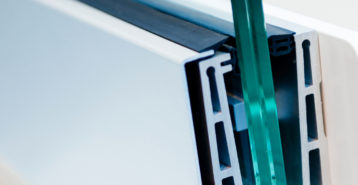Many homeowners today look for the ENERGY STAR rating when shopping for new home windows, and for a good reason. ENERGY STAR windows, much like other certified ENERGY STAR products, help homeowners reduce energy usage, leading to long-term savings. The U.S. Department of Energy estimates these savings to be $100 to $600 per year.
In a recent Modernize survey, 40 percent of homeowners said they are actively pursuing home improvement projects to save money on their utility and electric bills. But what exactly are ENERGY STAR windows, and how can they help you save money and make your home more comfortable year round? On this page, we’ll cover everything you need to know about these windows before buying.
What Makes Windows ENERGY STAR?
Not every energy efficient window is officially considered ENERGY STAR. A window must meet certain criteria to qualify for an ENERGY STAR certification, including:
- Manufactured by an ENERGY STAR partner
- Independently tested, certified, and verified by by the National Fenestration Rating Council (NFRC) for:
- U-Factor, or how well the window insulates
- Solar heat gain coefficient (SHGC), or how well the window blocks heat from the sun
- Air leakage (AL), or the amount of air passing through the joints
- Visible transmittance (VT), or the amount of light the window allows through
- Condensation resistance, or how well the window resists water build-up
- NFRC ratings that meet U.S. Environmental Protection Agency (EPA) guidelines.
To ensure the windows you are looking to buy are considered ENERGY STAR, look for the blue label shown below. You should also ask your professional window contractor whether or not their windows are ENERGY STAR, or ask for guidance on where to find them if they do not offer them.
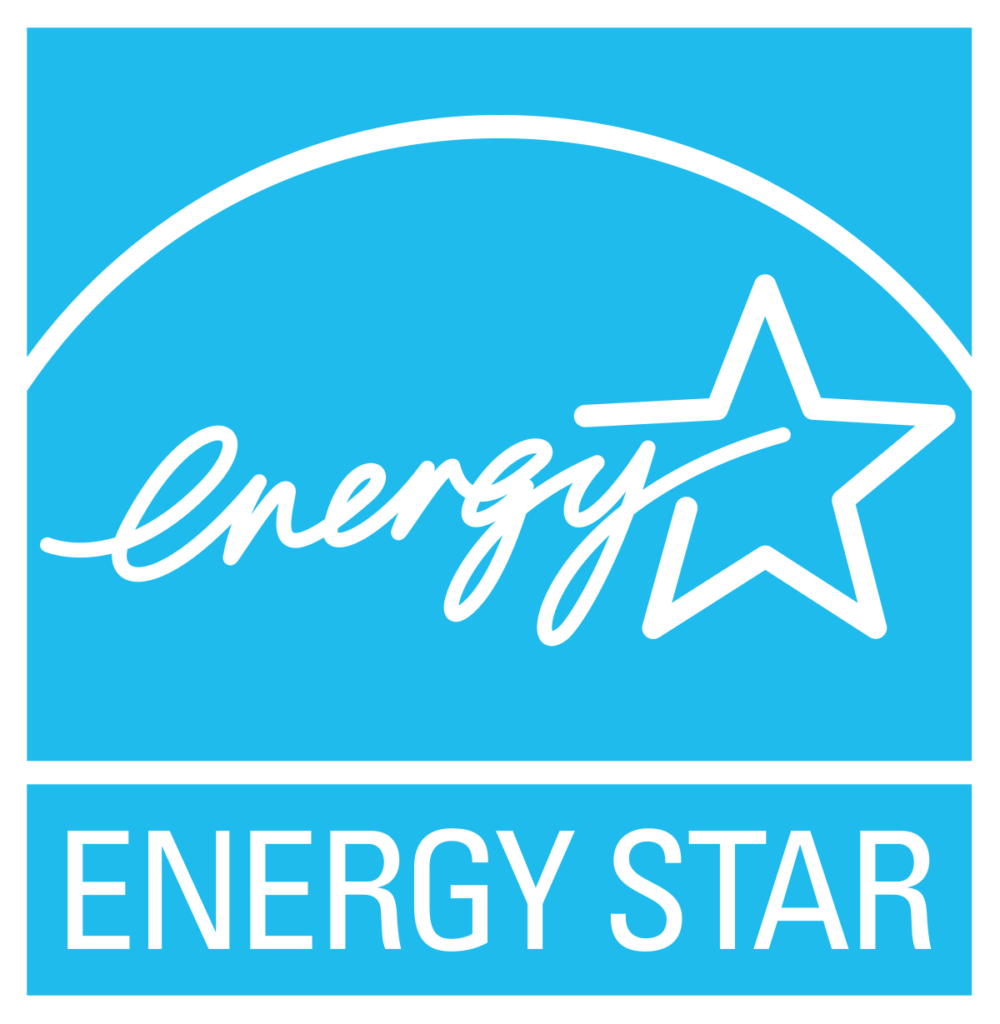
What is U-Factor for Windows?
U-Factor for windows is a measurement for how well a window insulates your home. Different types of windows will have different ratings, which impacts the overall energy efficiency of your home. Relatively speaking, the lower the U-Factor of your windows, the more you will be able to save on energy bills and keep your home more comfortable year round.
Window U-Factor determines how much heat is gained or lost through the window glass. Windows with a low U-Factor will be better at keeping your home interior cool in the summer and warm in the winter. Keep in mind that certain window U-Factors are recommended for certain geographical areas, based on the climate.
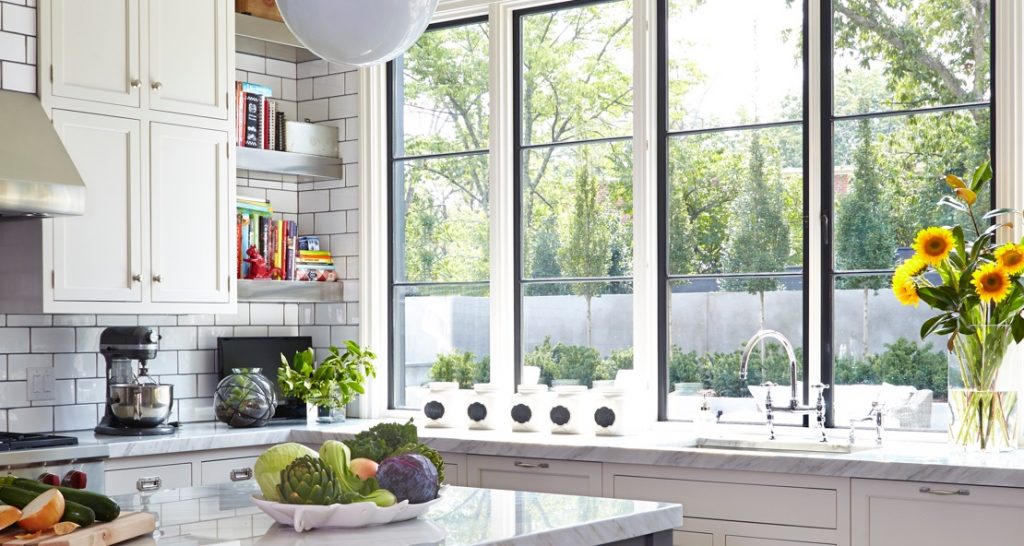
ENERGY STAR Requirements by Region
The guidelines laid out by the EPA as part of the ENERGY STAR rating certification process vary by region and climate zone. The department breaks the country out into four geographical categories—Northern, North-Central, South-Central, and Southern.
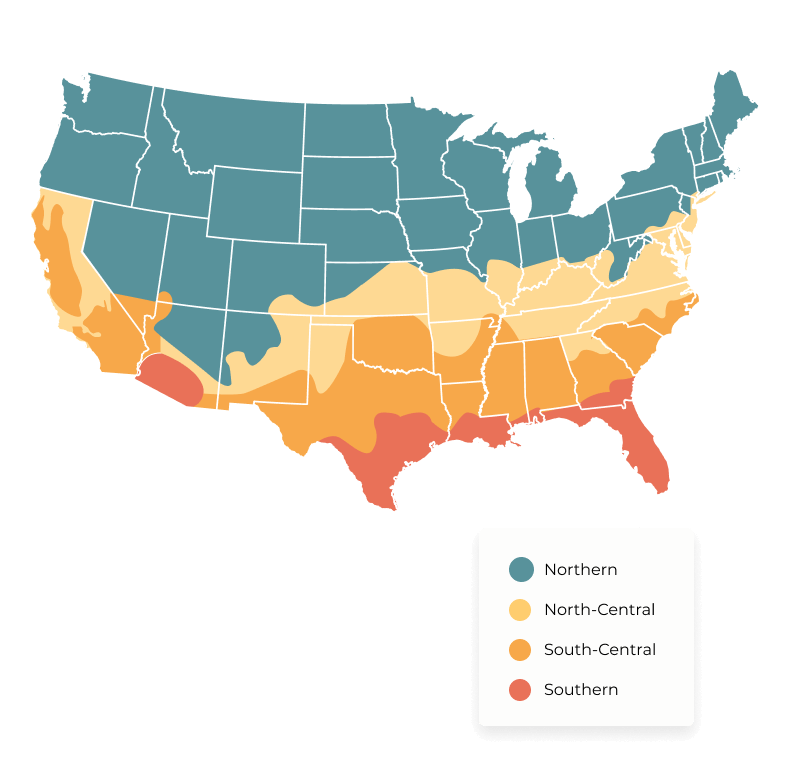 Within each region, windows must meet specific criterias for U-factor and SHGC. Here are the requirements for each region.
Within each region, windows must meet specific criterias for U-factor and SHGC. Here are the requirements for each region.
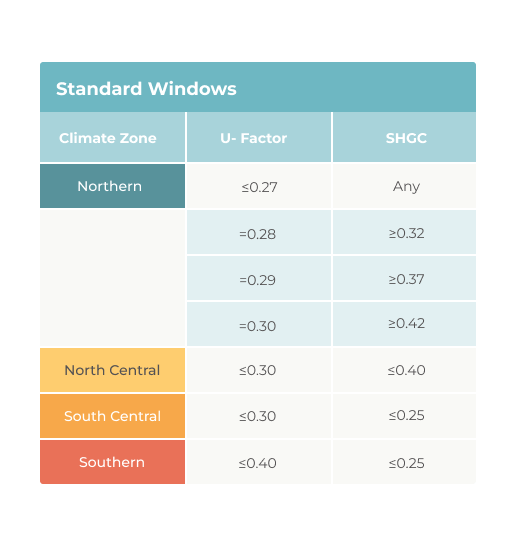
Keep in mind that for the Northern climate zone, the blue shaded U-factor and coordinating SHGCs have equivalent energy performance.
ENERGY STAR Skylight Windows
While all ENERGY STAR window requirements are strict and specific, the requirements for skylight window installations are not quite as strict as they are for other windows. The U-factor can be considerably higher, and the SGHC does not have to be as low in Southern locations.
Even though the requirements are slightly more lenient, you should still pay attention to these ratings. For example, having a low U-factor skylight installed in a Northern home will allow a fair amount of heat to escape through the window and lower the energy efficiency of your home.
Here’s the regional breakdown for skylight windows U-Factor.
| Region | Skylight Energy Star Requirements |
|---|---|
| Northern | U-Factor of .50 and any SHGC |
| North-Central | U-Factor of .53 or lower and SHGC of .35 or lower |
| South-Central | U-Factor of .53 or lower and SHGC of .28 or lower |
| Southern | U-Factor of .60 or lower and SHGC of .28 or lower |
ENERGY STAR Storm Windows
Storm windows can also be ENERGY STAR certified when they feature low emissivity glass, commonly referred to low-e glass. Much like other ENERGY STAR windows, certified storm windows are designed to block the transfer of heat and cold air to keep your home at a comfortable temperature year-round—and save you money on your utility bills.
The EPA estimates that low-e storm windows can save homeowners an average of $350 per year in utility costs when installed over single-pane windows. If your home already has regular storm windows, replacing them with low-e storm windows can save you an additional $50 per year on utility costs.
Window Air Leakage Requirements
In addition to meeting the regional energy efficiency requirements, replacement double paned windows and triple paned windows must also be rated for air leakage in order to be ENERGY STAR certified. Most industry standards and building codes require windows, including skylights, to have an air leakage (AL) rating of 0.3 cubic feet of air per square foot of window space.
Features of ENERGY STAR Windows
While many ENERGY STAR windows have similar, if not identical features, there’s no requirement for certain window features in order to be certified. Let’s take a quick look at some of the most common features you’re likely to find in ENERGY STAR windows.

Multiple Window Panes
Double pane and triple pane windows, rather than single pane, not only increases energy efficiency in your home but also increases impact resistance and reduces sound pollution.
Gas Fills
Non-toxic gas fills between the panes, typically argon or krypton, will insulate the windows more effectively than regular air.
Spacers
Spacers that keep panes the appropriate distance apart and reduce heat transfer through the window.
Low-E Glass
Low-e glass that more effectively insulates the home, while also protecting your home’s interior from damaging ultraviolet rays.
High-quality frames
Most often, an ENERGY STAR window will come in a variety of high-quality frame materials, including:
- Fiberglass: Strong, durable, low maintenance, and provides good insulation.
- Vinyl: Low maintenance and provide good thermal insulation.
- Aluminum: Durable, low maintenance, and an eco-option that is typically made of at least 15% recycled materials and is itself recyclable
- Wood: Strong, provides good insulation, and can be covered with aluminum or vinyl to reduce maintenance.
- Combination frames: Use different materials to provide optimal performance.
- Composite frames: Made of various, blended materials that are durable, low maintenance, and well-insulated.
Other Factors to Consider About ENERGY STAR Windows
If you’re ready to install ENERGY STAR windows as part of your window renovation project, there are several factors to consider.
In addition to finding an ENERGY STAR manufacturer and/or retail partner, it’s helpful to know what climate zone your home is located in to better understand the requirements (shown above) for windows to be ENERGY STAR certified. Honing in on your home’s location will also allow you to see available rebates for ENERGY STAR upgrades.
While the ENERGY STAR rating for windows is based on U-factor and SHGC, being able to read and understand an energy performance label from the NFRC will further help you know the ins-and-outs of your windows.
As with any home renovation project, working with a locally trusted contractor can help you choose the most appropriate ENERGY STAR window for your home’s needs—including the number of panes, gas fills, spacers, frame materials, and more.
Compare top-rated windows pros in your area.
Read real homeowner reviews, explore qualifications, and view promotions. Modernize makes it easy to browse professionals and find one that will be perfect for your project.




